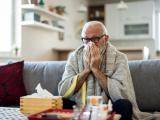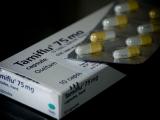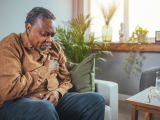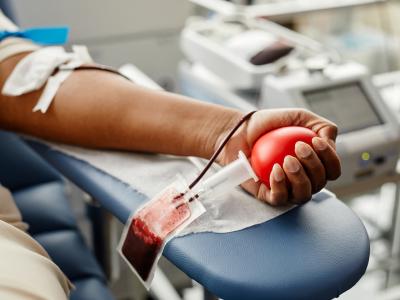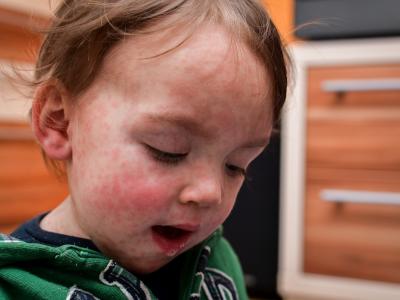Aug 3, 2011
Flu cases continue to climb in Australia
Levels of influenza-like illness continue to climb in Australia as the country moves deeper into its winter flu season, its Department of Health and Ageing (DHA) said in an update today. As of Jul 22, the country had seen 10,060 confirmed cases of influenza, compared with just 1,571 for the same period last year. The DHA noted that Australia's flu season began very early this year. Queensland accounts for 4,501 confirmed cases, followed by New South Wales, with 2,040, and South Australia, with 1,706. Of the 2,333 flu cases reported in the week that ended Jul 22, 813 (35%) were untyped influenza A, 774 (33%) were pandemic 2009 H1N1, 728 (31%) were influenza B, and 15 (less than 1%) were A/H3N2. "Compared to the beginning of the year, there appears to be very little A/H3N2 circulating," the report states, saying that overall this year 7% of cases have been H3N2. In South Australia, influenza B represents 72% of all flu cases.
Current
DHA flu update
Novavax H1N1 VLP vaccine shows promise in clinical trial
Novavax's virus-like particle (VLP) vaccine for pandemic 2009 H1N1 was shown to be safe and immunogenic in a large phase 2 clinical trial conducted during the pandemic in Mexico, according to report yesterday in Vaccine. In the first stage of the study, 1,013 healthy adults aged 18 to 64 were divided into four groups, three receiving 5-microgram (mcg), 15-mcg, or 45-mcg doses of hemagglutinin (HA) of VLP vaccine and the fourth group getting a placebo. All stage-1 volunteers received two doses, 21 days apart. In the second stage, an additional 2,537 volunteers received a single 15-mcg dose, and 1,011 received a placebo after researchers reviewed safety and immunogenicity data from stage 1. The researchers report that all VLP vaccine groups had "robust" HA inhibition (HAI) immune responses after a single dose, with high rates of seroprotection (HAI titer of 40 or higher) in 82% to 92% of all volunteers and in 64% to 85% of
volunteers who were seronegative when vaccinated. They also reported higher rates of local pain, swelling, tenderness, and redness in higher-dose groups compared with the 5-mcg and placebo groups, with most reactions being mild. Novavax had presented preliminary results of this trial at a World Health Organization meeting in February.
Aug 2 Vaccine abstract
Feb 18 Novavax press release





